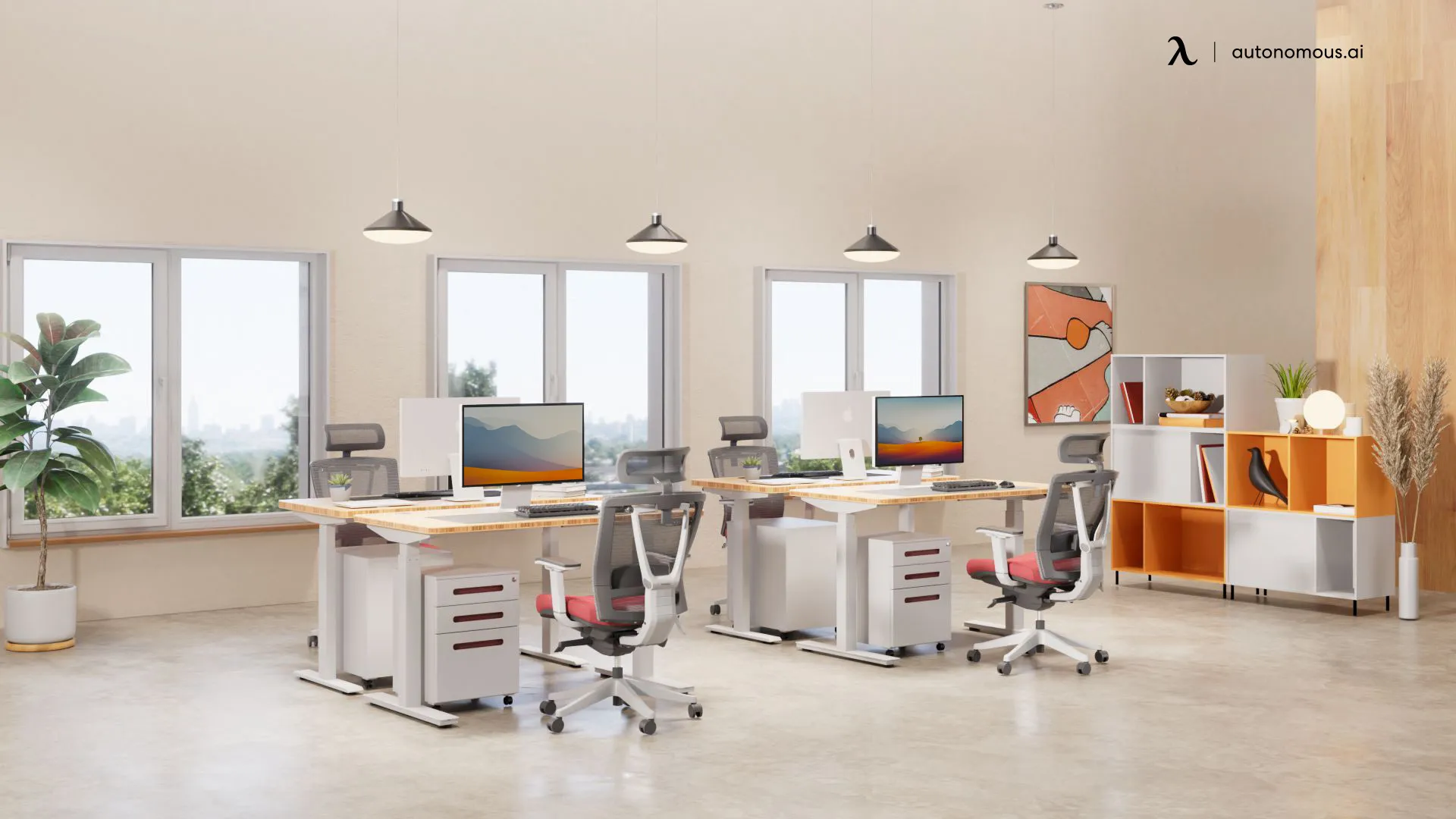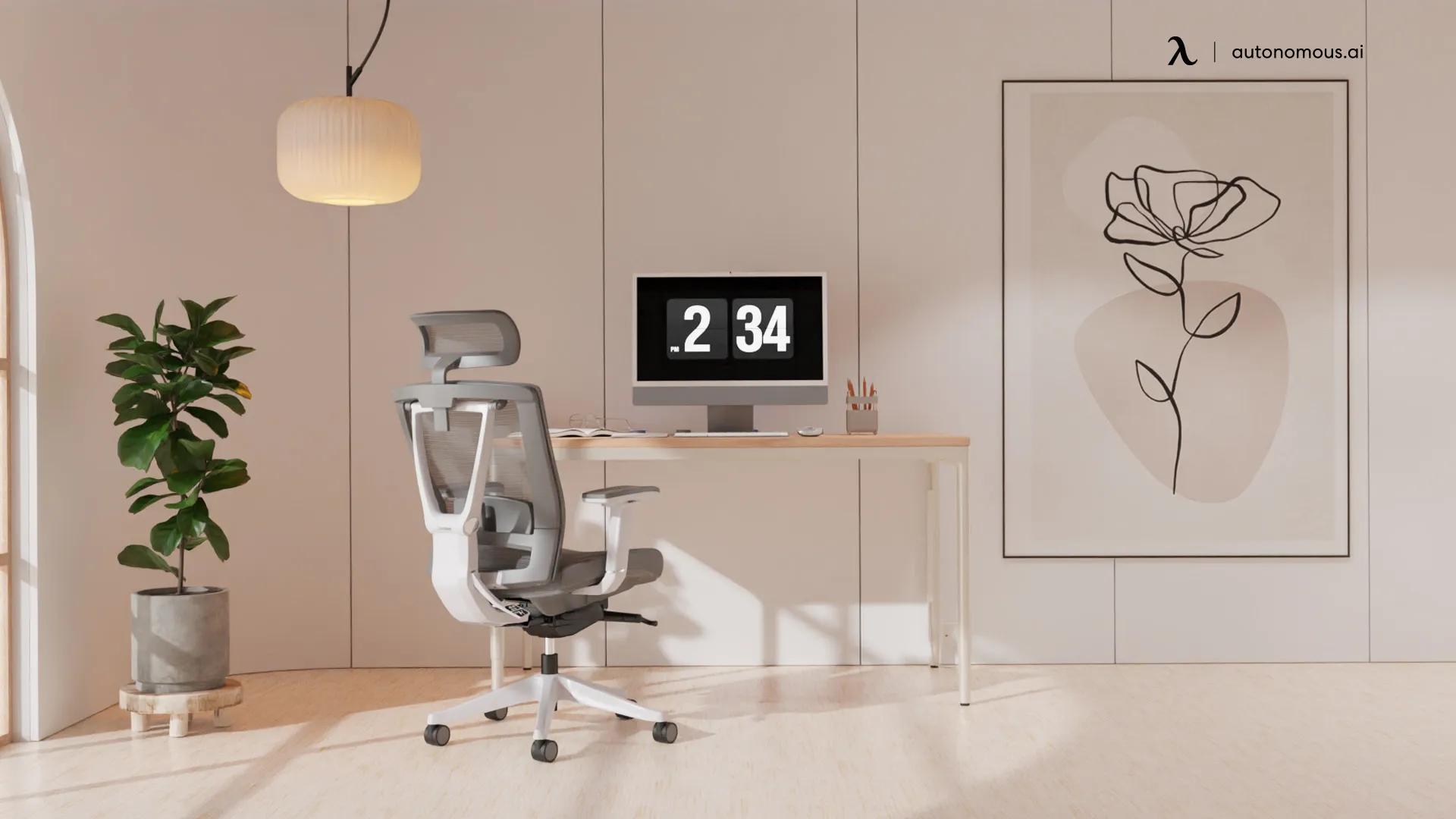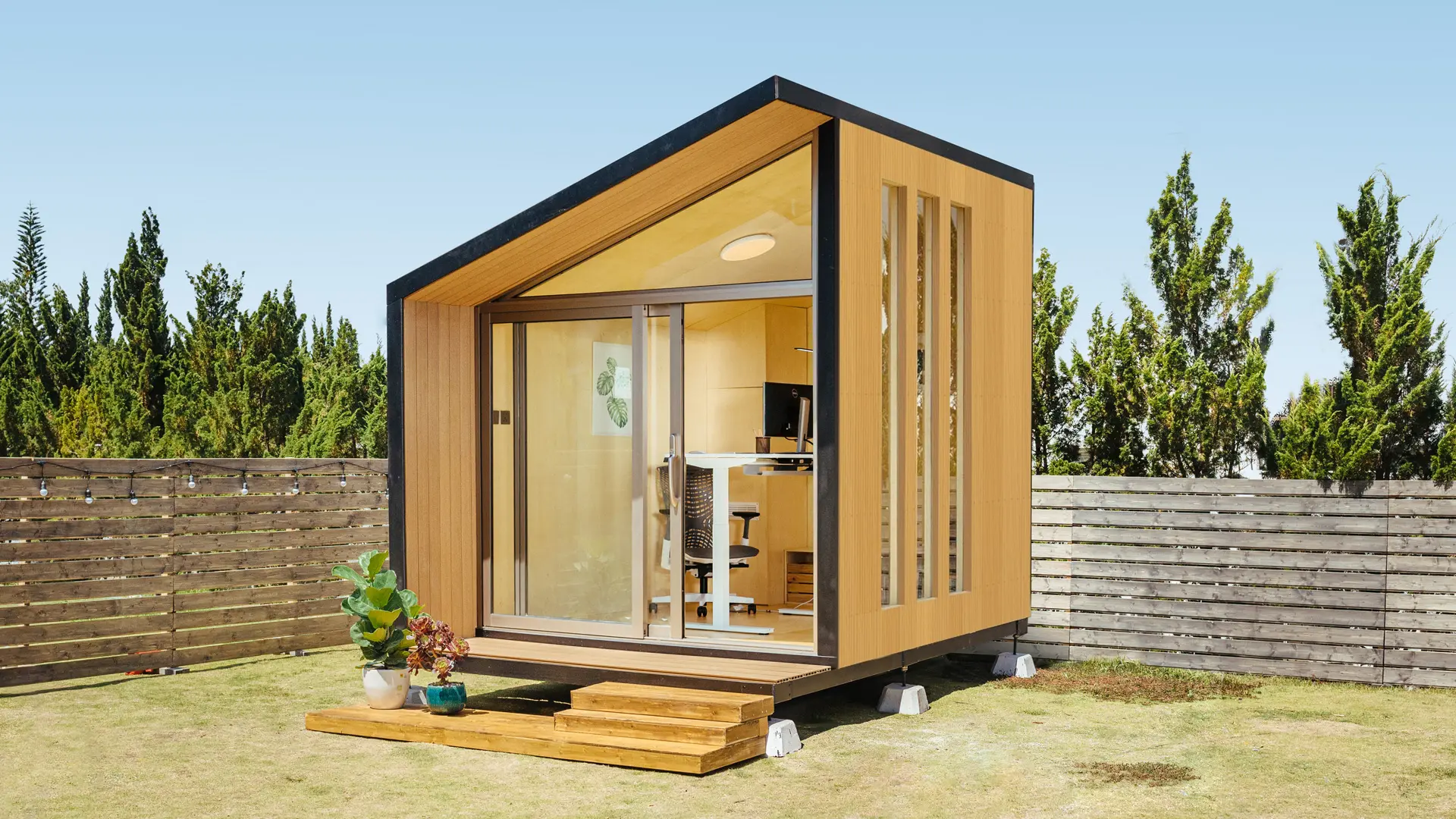- Newest
- Most viewed
Interested in a Link Placement?

Calorie Expenditure: Meaning, Calculation & How to Burn More Calories
Discover calorie expenditure, how to calculate it, and ways to burn more calories daily. Learn the difference between calorie expenditure vs. calorie deficit and tips for an active lifestyle.
Work Wellness | Mar 14, 2025 895 views

Monitor vs. TV for Computer Work: Which One Should You Choose?
Productivity | Mar 13, 2025 336 views

How to Lose Weight While Working: Ways to Stay Active at Work
Work Wellness | Mar 12, 2025 596 views

Autonomous ErgoChair Pro vs. Branch Ergonomic Chair Pro
Smart Products | Mar 11, 2025 797 views

10x12 Office Shed: The Perfect Backyard Workspace for Productivity
Workplace Inspiration | Mar 5, 2025 1,319 views

Best St. Patrick’s Day Office Gifts to Bring Luck and Cheer to the Workplace
Latest Updates | Mar 6, 2025 529 views

St. Patrick’s Day Office Furniture Sale 2025
Latest Updates | Mar 4, 2025 638 views

Prefab ADU in Virginia: Regulations & Smart Alternatives
Workplace Inspiration | Feb 27, 2025 1,446 views

Best Coworking Spaces in Dallas for Remote Workers
Remote Working | Feb 26, 2025 1,421 views

ADU Tax Deductions in California
Workplace Inspiration | Feb 25, 2025 1,542 views

Legalizing Unpermitted ADUs in California & WorkPod Solutions
Workplace Inspiration | Feb 24, 2025 1,396 views
.webp)
How to Build a Coworking Space with Gym
Workplace Inspiration | Feb 20, 2025 1,034 views
